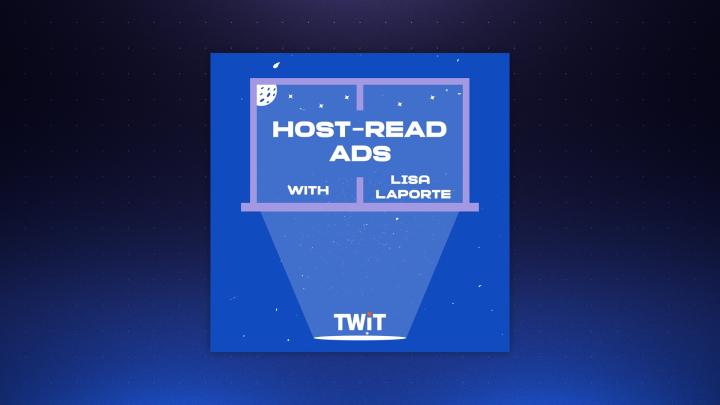Host-Read Ads 91 Transcript
Please be advised this transcript is AI-generated and may not be word for word. Time codes refer to the approximate times in the ad-supported version of the show.
00:00 - Lisa Laporte (Host)
Hi, this is Lisa Laporte. I'm the CEO of TWiT.tv and this is my partnership podcast Host-Read Ads. So today I'm going to talk again about how to successfully track your podcast campaign. Ad tech is a must. I've been talking about this for the last few years and today I'm going to reinforce everything I've been telling you about podcast campaign success.
00:27
Number one you must use a pixel-based partner. Here at Twit, we are partnered with Spotify Ad Analytics and Podscribe. According to Podscribe's Q2 2025 report, 80% of actual engagement is what advertisers miss when pixel-based attribution is not implemented in podcasting campaigns. Let me say that again, 80% of actual engagement is what advertisers miss when pixel-based attribution is not implemented in podcasting campaigns. We recommend Spotify ad analytics on our network because it's free and, while they only track audio, we provide a gross to include videos, and if people want to try Podscribe, which tracks our video and our audio feeds, they can, but we don't cover the cost, so the brands must pay for the cost from Podscribe, but we don't cover the cost, so the brands must pay for the cost from Podscribe. So, number two review our shared reporting document, in which the ads are placed within 24 hours of appearing in an episode on our network. Downloads are updated every Friday until the end of the month, and then the impressions are finalized and at that time we update the prior two months just to show you how much more has delivered beyond the time we closed them out. Every ad on our network will take eight weeks to reach its greatest potential. Remember that episodes are on demand, so we'll need to allow time for fans to download episodes, listen to them and then act on what they heard.
02:02
Number three review your promo code and vanity URL traction. While this only captures about 15% of the traction, it gives you additional information on traction, lift and conversions, and it's your data, so this will give you additional information that you can only see yourselves. Number four implement a post-purchase survey yourselves. Number four implement a post-purchase survey. Ad tech is inefficient in tracking B2B conversions because the person who downloaded a show episode and heard the ad is generally not the person at the company making the B2B purchase, so it works really great. If you want to just use ad tech shopping cart conversion for a B2C brand, I do not recommend it for B2B. Still have a post-purchase survey in place for them, because you can track more conversions.
02:51
So, lastly, implementing all these tools will inform you how your podcast campaign is performing on our network, and even then, you can't track everything that we deliver. Why? Because we simulcast on eight platforms. When we record our shows live and we have 3,000 to 5,000 live viewers watching and listening at any time, you cannot track these viewers.
03:14
Number two we also place ads in Club Twit's Discord channel so that our 15,000 ad-free fans can still see who is advertising on our network. This, too, is not trackable. Plus, we embed our ads, meaning they live in our content forever. So when a fan discovers our network and they download older episodes and the original ads are still there, they're not trackable because ad tech attribution window is only 60 days. So let me repeat this one more time 80% of actual engagement is what you will miss when you do not use a pixel-based attribution partner. So if you're going to do a podcast campaign, please, please, listen to me. I've been doing this for 20 years. You need to implement all these tools in order to successfully measure your podcast campaign. So thank you for listening and have a great day.
